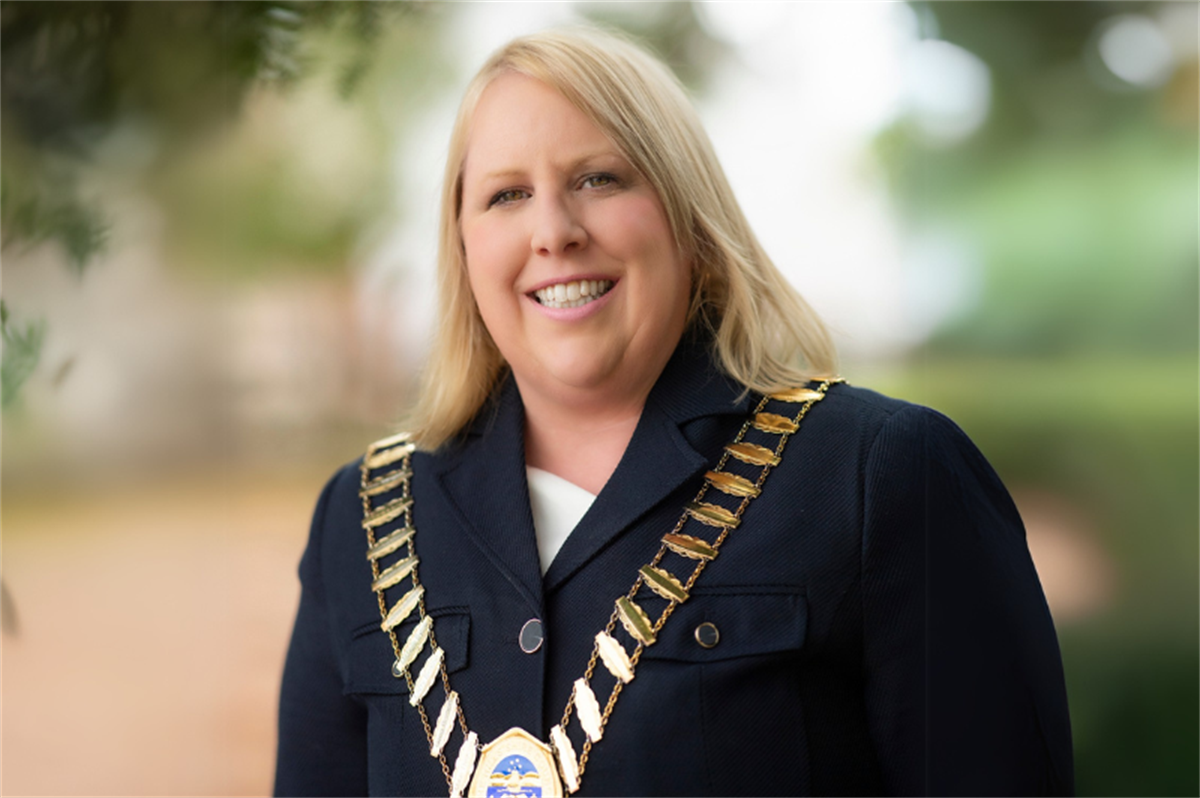Bayside’s food waste will soon be recycled and put to good use rather than buried in landfill.
The new food and green waste recycling service commences on 15 July, when household food scraps can be disposed of in the green waste bin. The bins will now be known as food and green waste bins.
This new service is designed to tackle the war on food waste, which accounts for around 50 per cent of Bayside’s household waste ending up in landfill.
Bayside Mayor Cr Michael Heffernan said recycling food waste was the biggest change Council can make to address the environmental impacts of sending waste to landfill.
“Food waste rotting in landfill creates methane – a damaging greenhouse gas contributing to global warming and climate change.
There is also a financial impact as putting food in landfill costs more than composting. As waste charges are passed on directly to ratepayers, this is impacting everyone,” Cr Heffernan said.
“By switching the bin we put food waste in, Bayside residents can help to cut the amount of waste our municipality sends to landfill. We need everyone to do their bit.
“The new service will also highlight just how much food we are throwing away, encouraging residents to reduce the amount of waste we create in the first place.”
What’s happening when
Letters are being sent to all existing users of Bayside’s green waste service in late June, outlining the introduction of food waste recycling.
Residents with an existing green waste bin are asked to put their bins out from 15 July.
From this date, Council will start changing lids from red to green, signifying the start of food and green waste recycling. The lids will feature information on what can and can’t be included in the food and green waste bin.
Current users of the green waste service will also receive a kitchen caddy (mini bin) with compostable bags to help transition to the new service. The old lids will be recycled and turned into new bins.
Thumbs up from trial users
Bayside resident Kylie Jones has been trialling recycling her food waste since April, and said the whole process was easy and effective.
“We have a spot on our bench for the caddy, which is a great size,” she said. “It took us a few days to understand that so much can go in it from used napkins and tissues to meat and bones.
“Cleaning up is now so easy – food scraps are just scraped into the caddy instead of going into the garbage for landfill.
“It’s also made us more aware of the amount of food we are throwing away. This has helped to reinforce the importance of planning and buying only what we need to reduce the amount of waste we make in the first place,” Kylie said.
Once the caddy is full, it goes into the green waste bin. Each fortnight, the bin will be collected and the food and green waste will be turned into compost based products.







